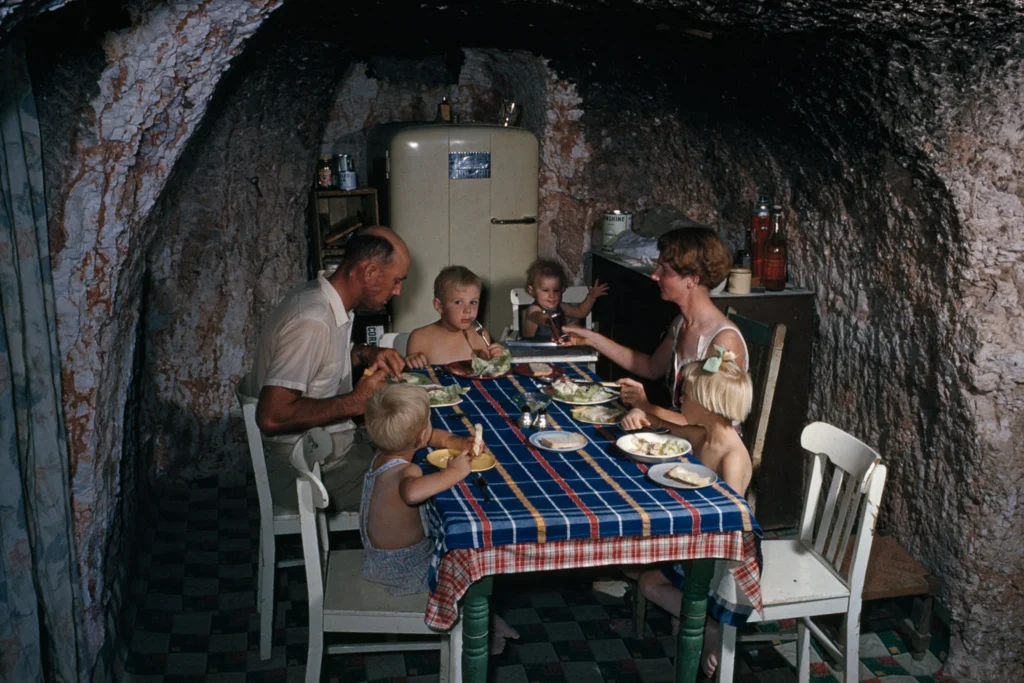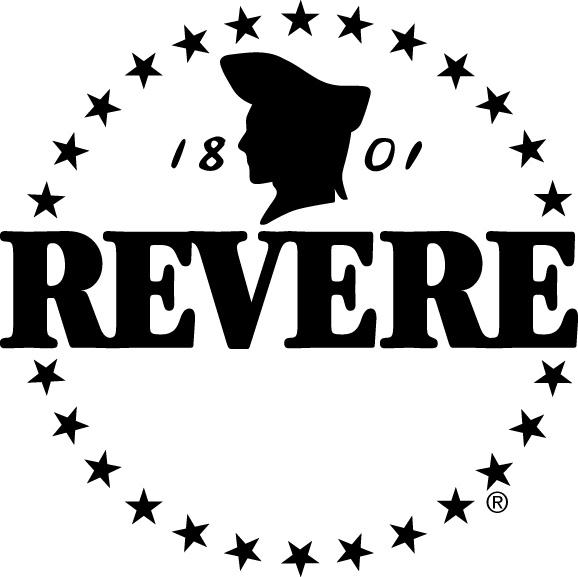Learn the history of roofing and roofing materials. We have always needed to have a roof over our head since the beginning of mankind. Man has always used the materials in and around our environment to construct a roof. Thankfully, we have developed some great technology along the way and no longer need to place grass and mud on our roofs or live in caves.

The Beginning of Roofing History
Clay tiles have been used in China as far back as 3,000 B.C.. Tiles were introduced into Europe by the Ancient Greeks and Roman civilizations.
The Loha Maya Paya Temple in Sri Lanka has a roof made of copper that dates back to 300 B.C. Metal roofs have been used in roofing for a very long time because of the durability and ease of manipulating the metal. People started using Zinc as an alternative to copper in the 1700’s.

Did You Know? Did you know that Paul Revere was a skilled metallurgist and established the first Copper Mill near Boston, MA in 1801? Revere Copper still supplies quality copper to this day. Check out their website here.

Around 735 A.D. thatch roofs became common in Britain, Bali, Fiji and Hawaii. Countries in Africa actually used sugar cane leaf for their thatched roofs. Thatched roofs are cheaper than tiles and more fire resistant than wood shingles. Wood shingles were introduced about 300 years after thatched roofs. In the 12th century King John issued a law in London that all citizens must replace their thatch and reed roofs with clay tiles to prevent the spreading fires that were occurring with a great frequency.
More Recent Advances in Roof Materials
Asphalt shingles were developed somewhere between 1901-1920 in North America. H.M. Reynolds Shingle Co of Grand Rapids, Michigan claimed to invent the first asphalt shingle. Cedar shingles normally topped residential homes up until around the 19th century. Wood, slate & tile were roofing choices until mid 19th century. Then metal & Bituminous roofing systems were made for low-slope applications
Since Asphalt shingles were so cheap and easy to manufacture, they quickly became the number one choice of most Americans. They are also cheap and easy to install as well.
